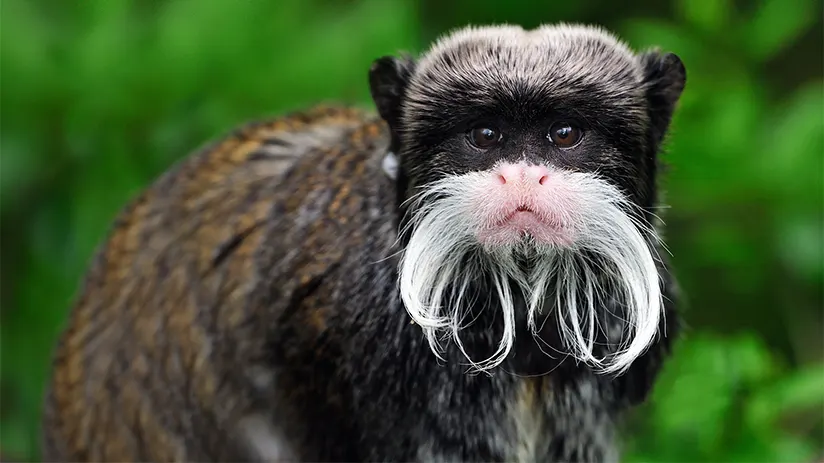The Amazon extends through most of South America, covering a large part of various countries with its great green cloak. Peru is fortunate to have the second-largest Amazonian territory, only behind Brazil. While Machu Picchu is considered the jewel of the Inca Empire, Manu National Park could be considered “the cherry on the dessert” in any Amazon tour.
This remote and isolated place is one of the last worldwide bastions far from any human presence. Thus, Manu has an extraordinary endemic biodiversity that people from all over the world come to see and enjoy.
That is why, together with Machu Travel Peru, we want to explain more about this fantastic paradise. Besides, its main characteristics, and the best form to visit it.
Everything you need to know about the National Park of Manu
- The Manu National Park
- Location
- Extention
- History
- Zones
- Flora and fauna
- Things to do
- The best time to visit
- How to get there
- Enjoy the Manu surroundings
The Manu National Park
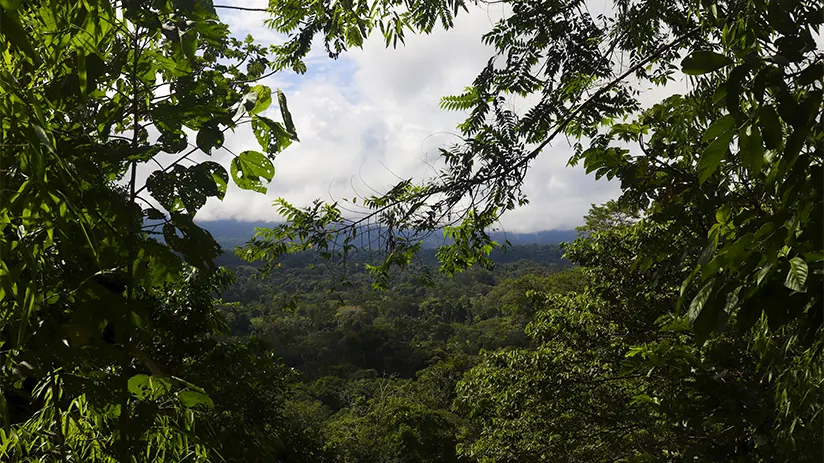
Manu National Park is a large nature reserve in the southeast of Peru that is known for its awesome biodiversity. There are more than 2 million jungle hectares that the Manu River crosses. In addition, it hosts an unbelievable species of mammals, reptiles, amphibians, birds, and fish. Without mentioning its great variety of flora.
There are 221 types of mammals and many types of birds as well. The region has different climates. These range from warm tropical rainforests to cold areas above 4200 meters.
In 1973, the Peruvian government created it to protect the area’s unique plants and animals. It also aims to preserve its diverse landscapes. Among them, we can mention the Amazonian lowland rainforest. These include várzeas, cochas, Palma Mauritia swamps, and Andean climates of south-eastern Peru.
The aim of Manu is also to maintain tourism that follows strict guidelines for ecologically and culturally appropriate use, as it is unique in the world.
Location
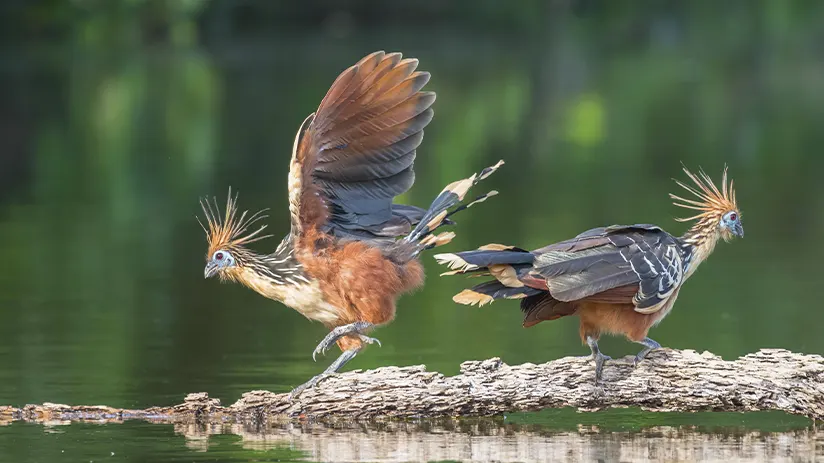
The Manu National Park, with elevations ranging from 300 to 4200 m.a.s.l. It is in the Amazon jungle, southeast of Peru, in the department of Madre de Dios, and northeast of Cusco. If you are near Cusco, you should visit one of the most incredible areas in Peru. Of course, the other door entrance is the city of Puerto Maldonado.
Extention
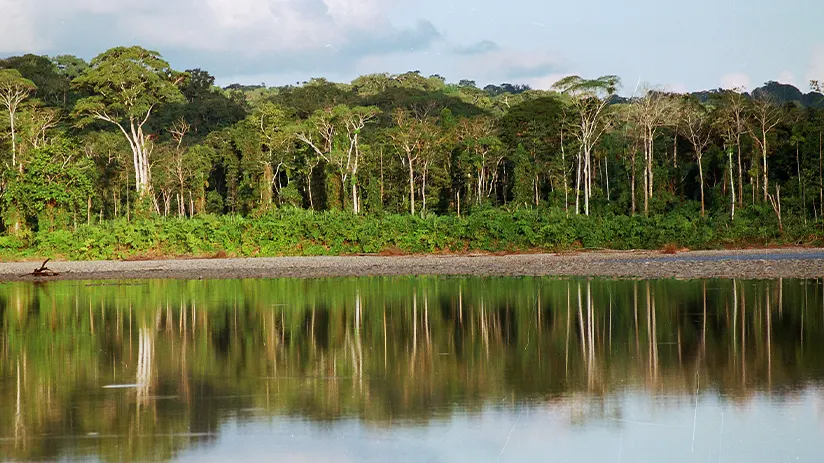
Manu is made up of 1,716,295.22 hectares of extension and numerous Andean grasslands. It begins by bordering the Andes mountains and extends to almost 4,200 m.a.s.l.
Then, it descends through the cloud forest that is about 2,000 meters high. Finally, it ends at 300 meters in the Amazon basin.
Also, the variety of Amazon rainforest animals is unbelievable. This park in South America has all the different types of ecosystems found in the Amazon rainforest!
History
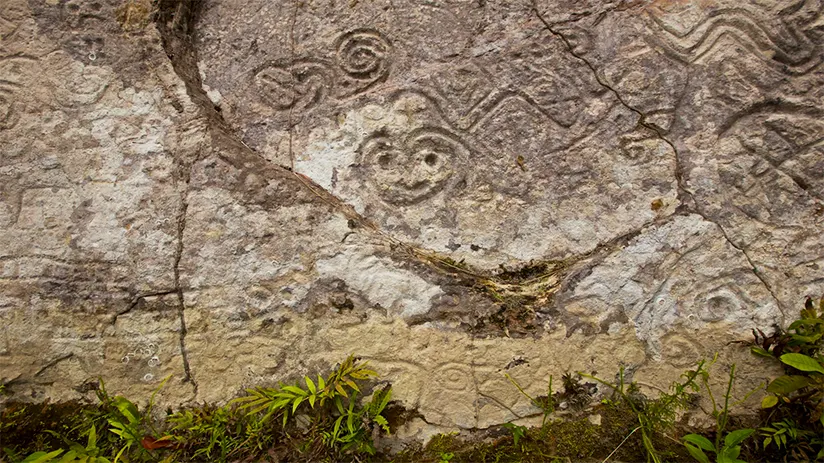
It is known that the zone was already occupied by native Amazon tribes even before the Inca’s arrival. Proof of that is the famous Pusharo petroglyphs, which were carved from the Formative period (2000 BC to 200 BC) to the Imperial Inca period (1430 AD).
The Spanish priest Vicente de Conytagoya found them in 1921 on the right bank of the Shinkibenia River. This river is a tributary of the Palotoa River.
Other petroglyphs are in the Qeros River, on the great rock “Xinkiori.” This is legendary for the tribe community of “Huachipaeris”. Its date of creation and purpose remain a mystery to many scholars.
Not to mention the Mameira archaeological site. It is at the source of the Piñi Piñi and Alto Tono rivers.
Manu National Park creation
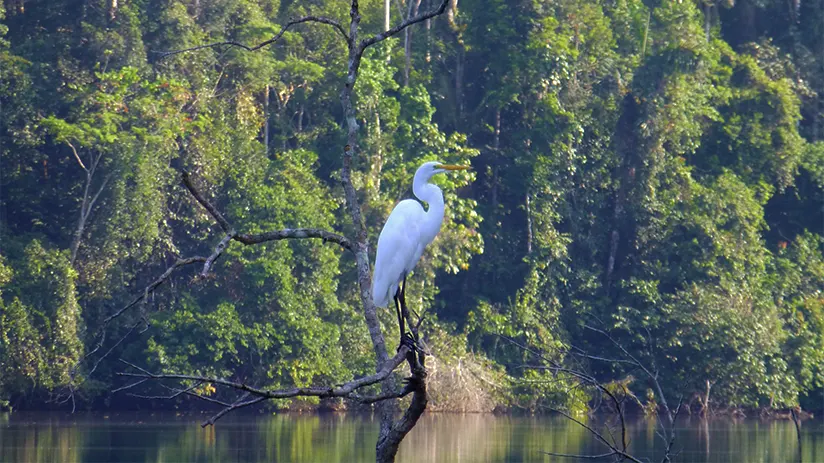
The Manu National Park, with its 15,400 square kilometers, was created in 1973 thanks to the enthusiasm of several biologists, taxidermists, and environmental engineers. Flavio Bazan Peralta, a Peruvian agronomist, led a project for the United Nations’ Food and Agriculture Organisation in Peru. He decided to train forestry engineers at the Agrarian University of La Molina.
Paul V. Perriet, a Belgian agronomist, visited La Molina University. He taught a course on managing protected areas and wildlife during this event. Pierret proposed creating protected areas, with Manu being the primary park in this new system.
With Flavio Bazan’s approval, Pierret is joined by the French entomologist Marc Dourojeanni. Together with other collaborators, they launched Manu’s proposal to the Peruvian government.
Then, the state decides to hire Ian Grimwood. He was an American military of the Second World War and gave his opinion and approval to this project. He knew a lot about protected forest areas and national parks, having worked in Kenya and Tanzania.
After an inspection of the area, the American gave his full and enthusiastic approval. Thanks to its high biological diversity, it was declared a World Heritage Site by UNESCO in 1987 and a Biosphere Reserve in 1977 (only a specific area of 2,600 square kilometers)
Zones
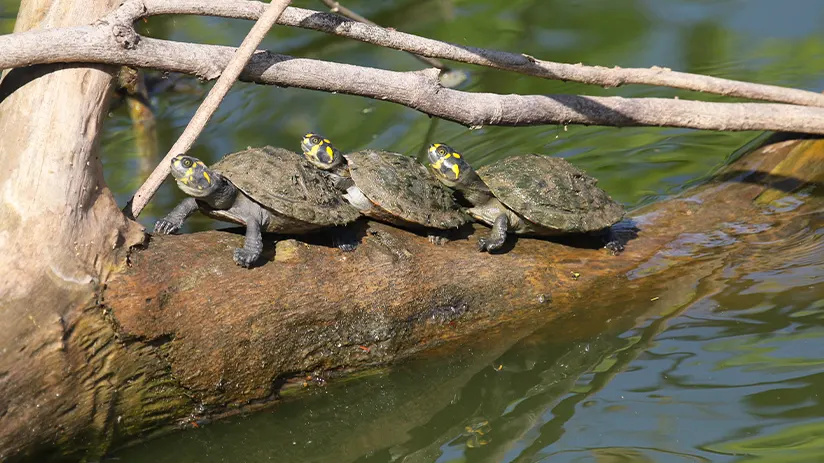
The National Park is divided into three main areas. The Manu Reserved Zone, the Manu Cultural Zone, and the Restricted Zone. Please note that depending on the tour you want to enjoy, it will be necessary to book your tour months in advance.
A. Manu Cultural Zone
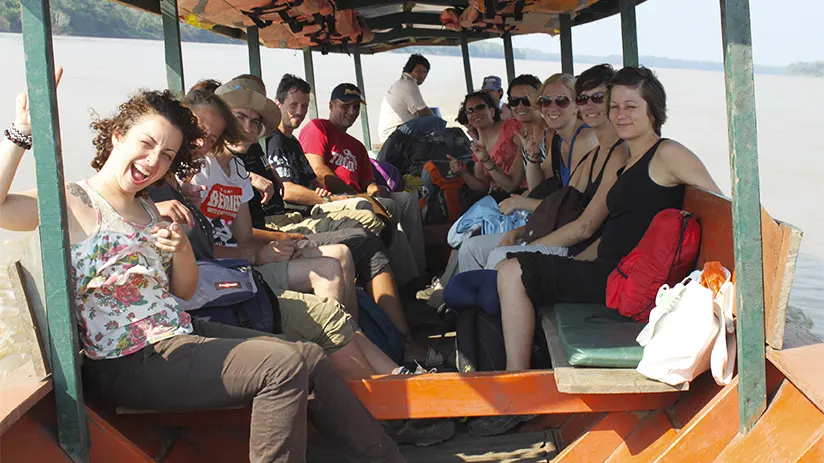
This is everyone’s open area in Manu. It is closest to the Cusco region; thus, it is the most visited among the others. Besides, it offers many Machu Picchu and Amazon tours. Inside, you will have the opportunity to meet various local indigenous communities that are willing to receive tourists.
Besides rich wildlife. You can visit it independently.
B. Manu Reserved Zone
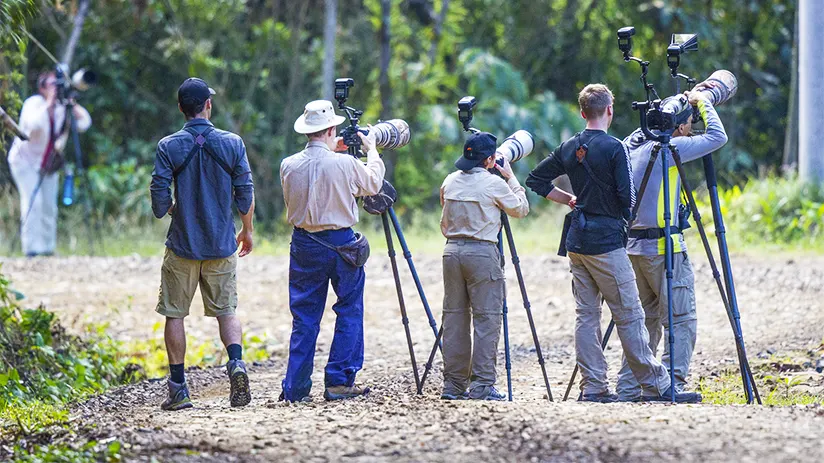
This area can only be visited by authorized tour operators and travel agencies. But why? Throughout this area, there are a greater number of uncontacted native communities. They are native indigenous peoples isolated from civilization, many of them savage, primitive, and dangerous.
As it is a restricted area, visitors can see even more exotic and difficult-to-see animals! Book your permits and tours for this area a few months early using an authorized travel agency.
C. Restricted Zone
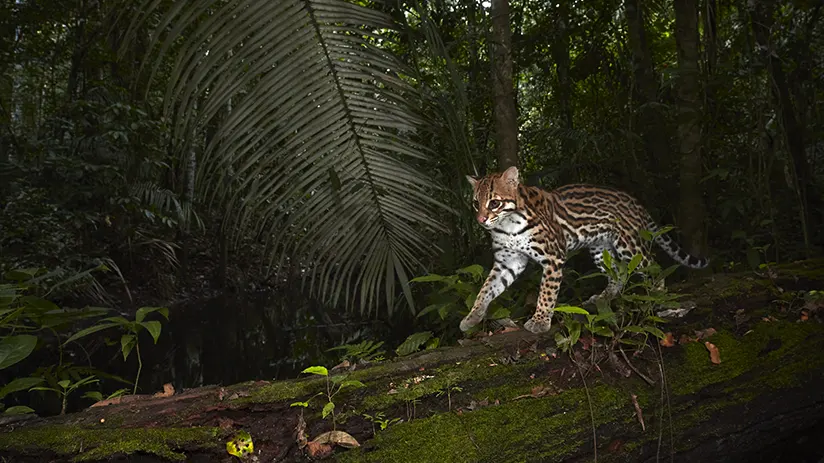
The restricted zone is, as its name mentions, limited to a few people. Large sections of the pristine forest make it. Its large hectares are home to numerous Indigenous tribes, isolated from the outside world. In addition, the diversity of rarely seen animals is abundant in this area.
Passage to this place is prohibited except by specialist park rangers and researchers authorized by the Peruvian government.
Flora and Fauna
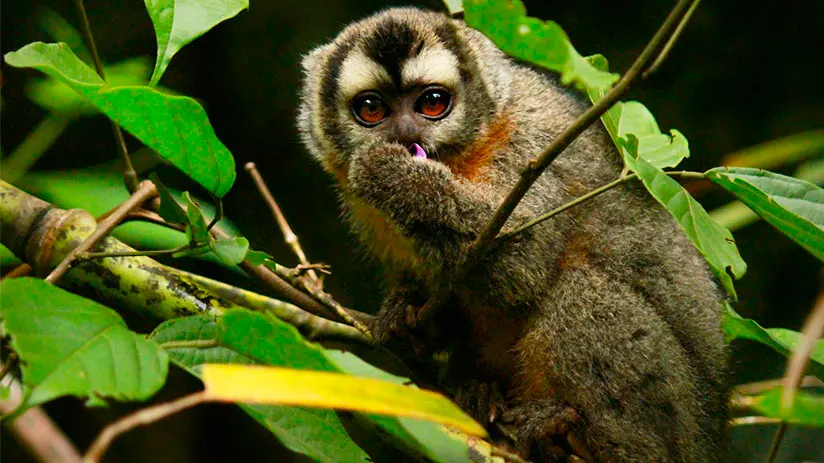
If we tried to identify each species of flora and fauna in Manu, our whole life would not be enough. The great biodiversity in Peru, especially in the park, makes Manu a true paradise. Many species of the Peruvian Amazon live there. Below, you will see the most representative data of:
A. Flora
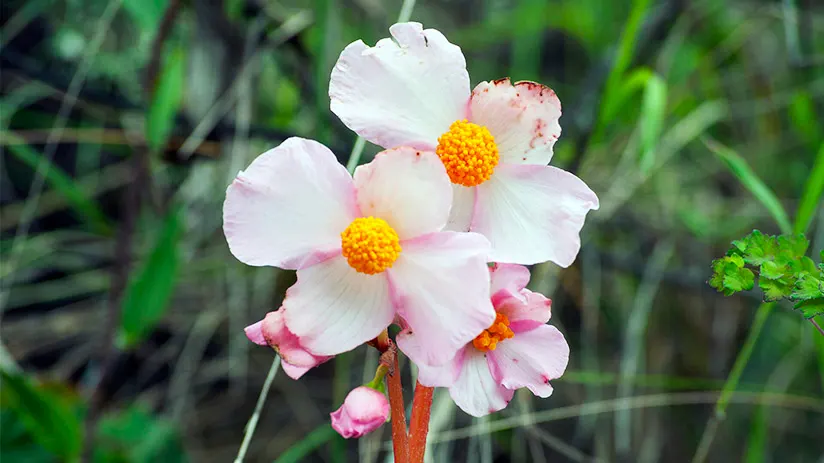
The Manu National Park is a treasure box regarding which Flora is concerned. More than fifteen thousand species of plants are there. It means 10% of the world’s vascular plant species! There are 250 tree types, tropical rainforests with thick leaves, winding lakes, and large grasslands that show this diversity.
Nowadays, forty percent of the National Park is registered, and the medicinal plants are the main characters. Native tribes in the Reserve and Restricted zones of the Park used them and contribute to medicinal compounds to around the world.
If you take Amazon tours from Cusco, your tour guide will explain to you the medicinal benefits of each plant of Manu, because they are local and know the area where they were born very well.
B. Fauna
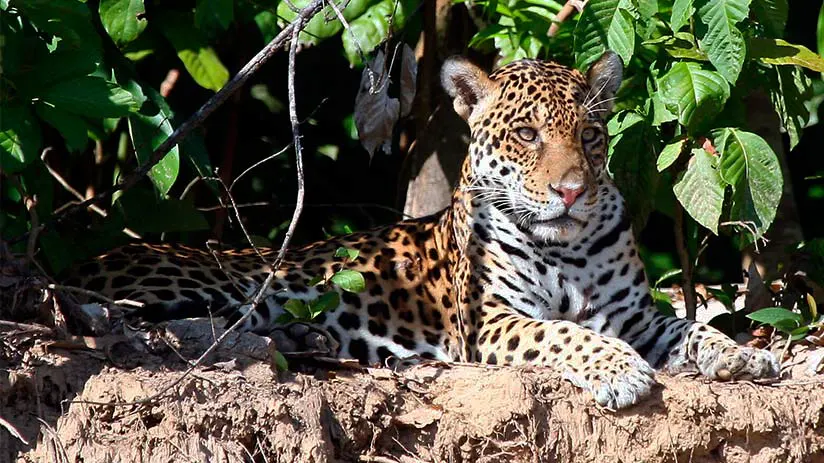
Like other nature reserves, the variety of Fauna in the National Park is recognized all over the world. Manu has more than 1200 species of butterflies, 99 species of reptiles, and 222 species of mammals. Not to mention 140 types of amphibians, 1000 species of birds, 2300 types of insects, and 1000 species of fish.
The list is endless, and the most representative animal is the Ronsoco (The largest rodent species in the world). This awesome animal lives in wetlands and near riverbanks throughout Manu. We can also mention the Otorongo (of the same species as the jaguar). This wild cat wanders through undergrowth.
The Black Caiman is a large crocodile that lives by rivers and can stay underwater for several hours. The fearsome Anaconda is a giant boa constrictor that is the inspiration for jungle legends and myths. Manu also has the harpy eagle. It is the aerial predator par excellence in the National Park.
The primate species are no slouch. They live in families and can be found hanging from the branches highest of the trees, making noise and scaring intrepid visitors.
Things to do
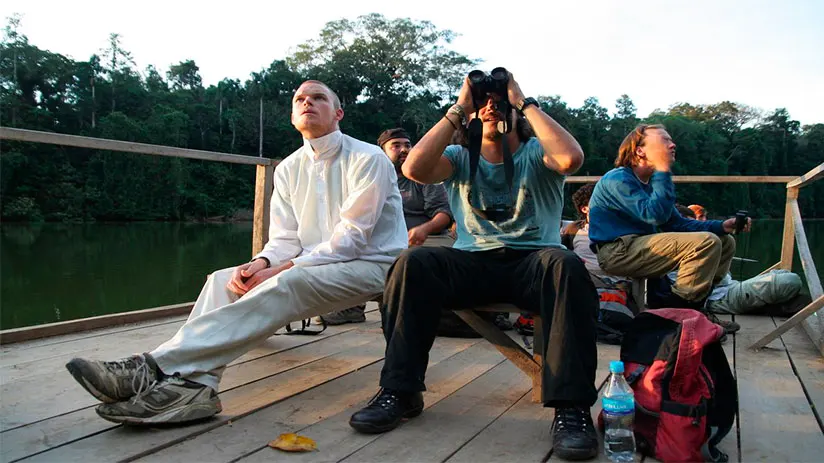
The great extension of Manu gives infinite options to enjoy. The fantastic activities that Manu has to offer will make you want to travel and host lodges in Tambopata. Remember that for activities in the Peruvian Amazon, you’ll need the services of a travel agency.
Depending on the activities to be carried out, the tours can cost from $140 (joining a group tour of a few days does not include transportation to the park) up to $950 or more (private tours, all included)
Among the wide range of activities, we can find the following.
1. Look at the macaws in clay licks
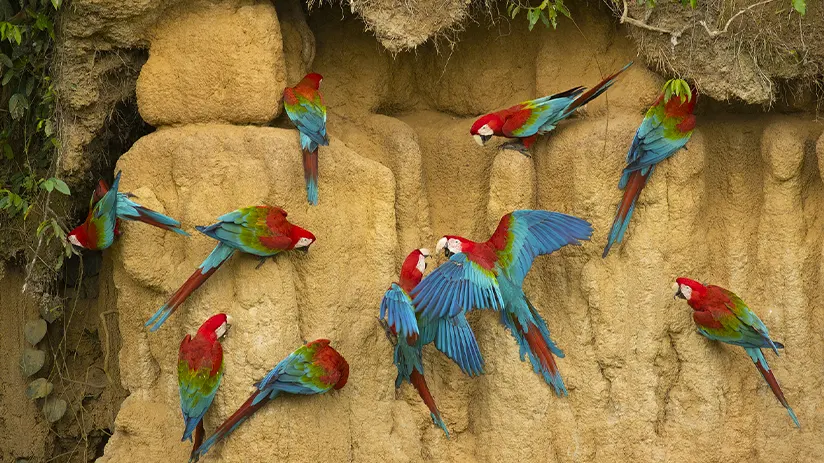
Any visit to the Manu has to include a tour of the macaw clay licks. Hundreds of colorful macaws come here to get important minerals and salts for their diet. It is one of the best experiences available within the jungle. Anyone with an interest in birds will be fascinated.
2. Enjoy a night walk
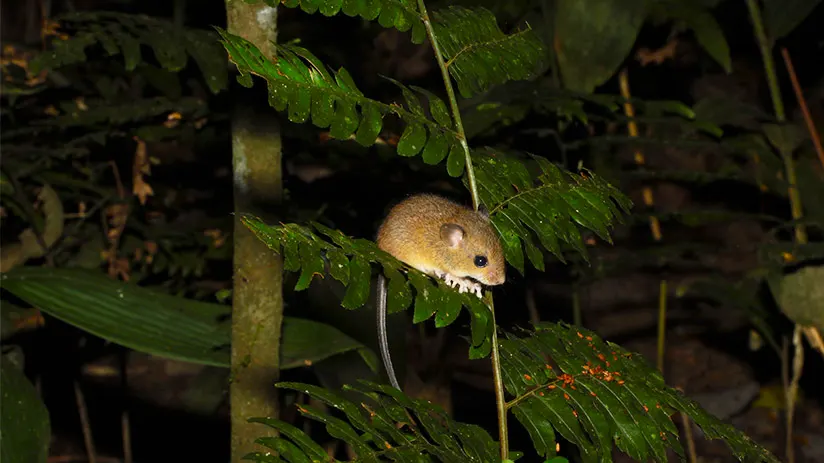
Being able to experience a mysterious walk through the jungle after dark offers a unique opportunity. You will have the opportunity to see nocturnal animals that are not usually active during the day. Among the different animals that you can see, you will find amphibians and exotic insects. There, you’ll find small mammals, rodents, tarantulas, snakes, and more.
3. Photograph the cock of the rocks bird
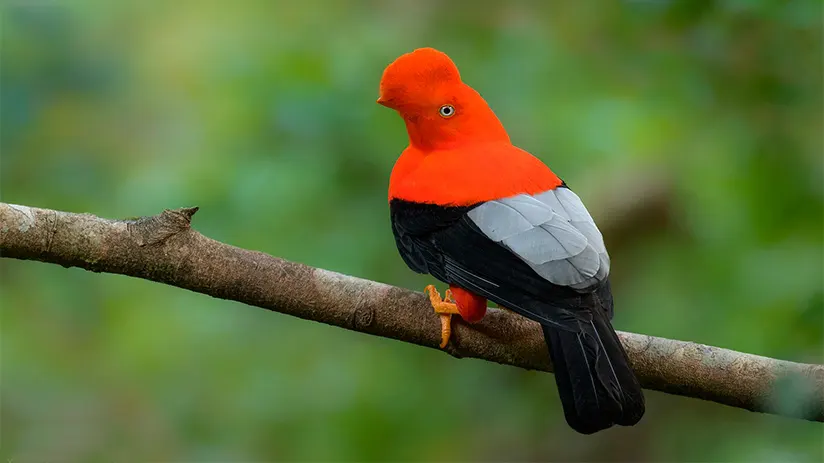
If the birds in Tambopata (another close National Reserve) weren’t enough, take a trip to Manu Park. The Cock of the Rocks is the national bird of Peru. It is known for having a bright red color and a rather ostentatious courtship dance. A trip to the Park is the perfect opportunity to spot these bird specimens.
If you’re fortunate, you can enjoy the complex dances they do to attract a partner.
4. Appreciate amazing giant river otters
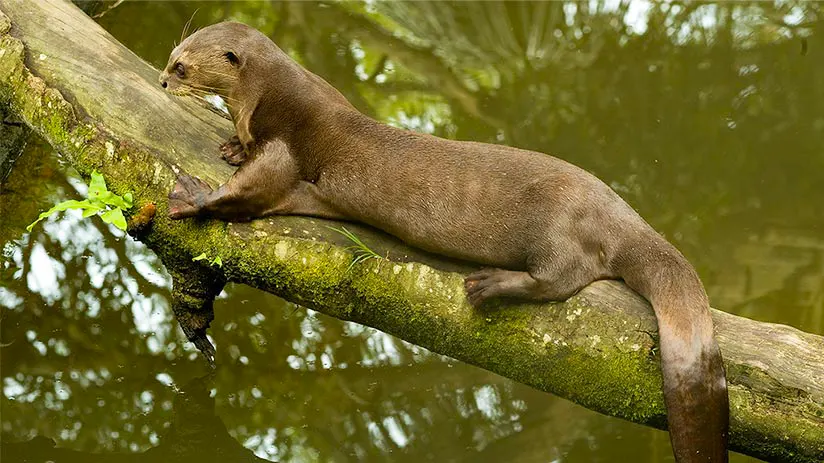
Manu National Park is known for its particular fauna. Many of them can be fully developed because the majority of Manu zones are protected from human presence and animals can have one less predator.
Therefore, some species are big in comparison to other types around the world. The giant otters are no exception. These live in lakes and coastlines of rivers of cloud forests and lowlands, hunting, eating, and playing in family.
Even a typical otter can reach the size of 1.8 meters. Unbelievable! Seeing them is a privilege.
5. Navigate through Lake Salvador
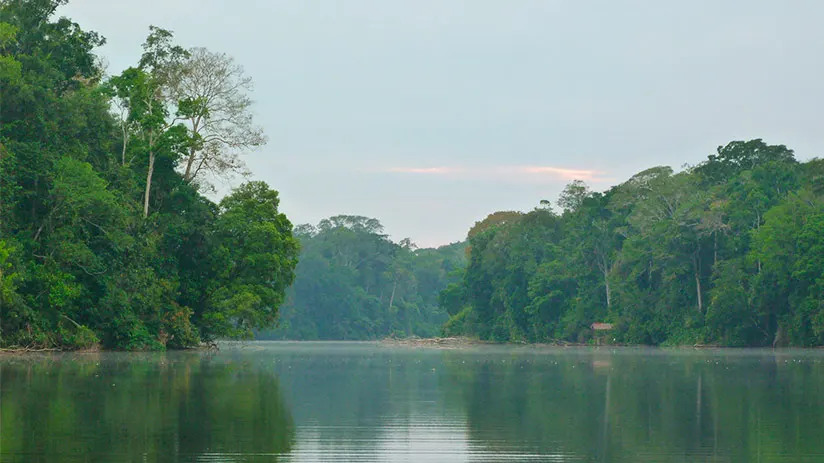
Within the depths of the Reserved Zone and quite far from civilization is Lake Salvador. The experience may not compare to that of Sandoval Lake, but you will find an abundance of wildlife around and its oxbow lakes.
You can see monkeys, alligators, capybaras, and river turtles while you navigate on a handmade raft. A local guide will be with you.
6. Visit local communities
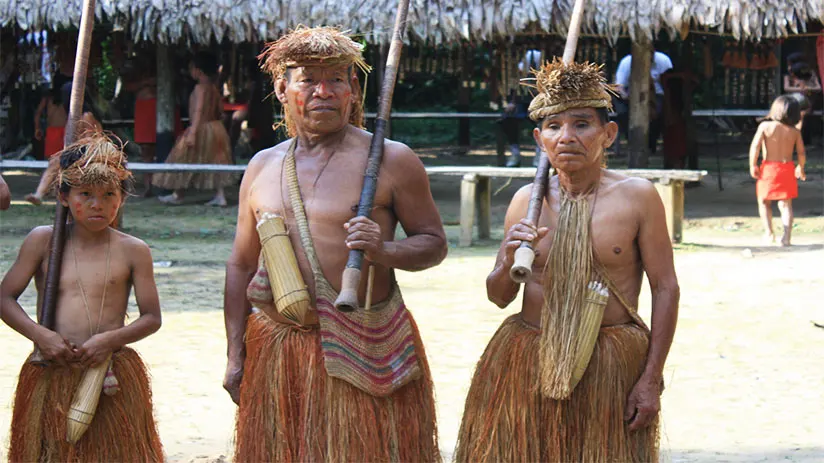
A great activity in the Manu cultural zone is meeting the different indigenous groups that live there. You will have the opportunity to learn about the traditional lifestyle of the communities. Also, very few tours in Peru include the option to visit local communities. So it is a great opportunity that you cannot miss.
7. Take a canopy hike
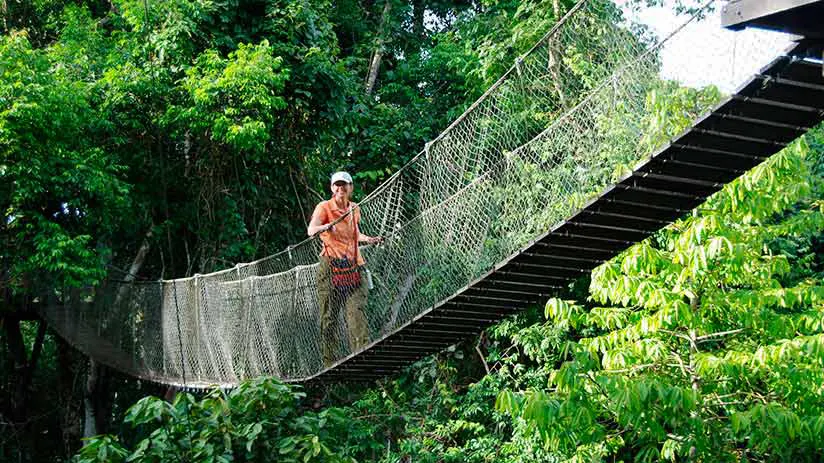
If you are looking to see the jungle from a different perspective, then you have to try canopy walks. Being able to climb the treetops and enjoy the walks is an unparalleled experience. When it comes to the rainforest, a lot of the action happens above the treetops.
A walk through the canopy gives tourists a deeper understanding of life in the jungle. In this way, they can observe the different communities of primates.
8. Sunrise at Tres Cruces
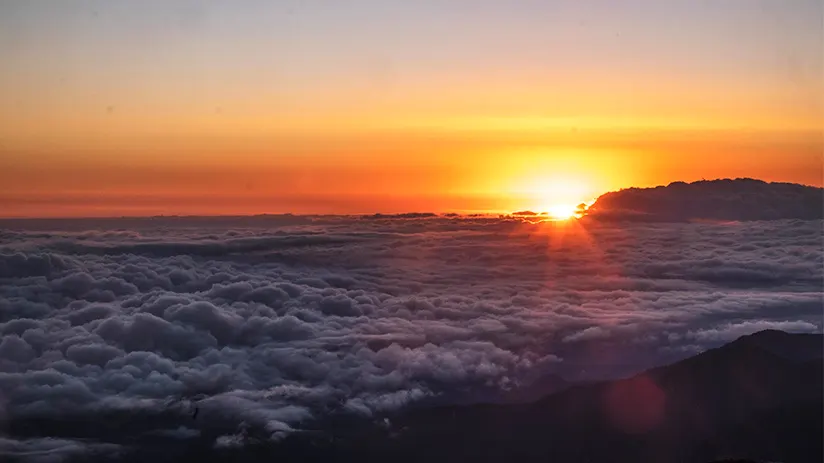
The viewpoint of Tres Cruces (Three Crosses) is 41 km from Paucartambo north. At 4,000 meters above sea level. This Cusco town is the door to the Peruvian jungle area. From this point, the visitor can enjoy views of the summit of Ausangate snow and the green foliage of the treetops of the Manu.
However, the main attraction here is the sighting of the Three Crosses. This is a natural phenomenon in which sunlight unfolds and is diffused by the humidity of dawn, turning one rising sun into three. The spectacle is best appreciated between May and August (dry season) around 06 in the morning.
9. Go rafting in the Kosñipata Valley
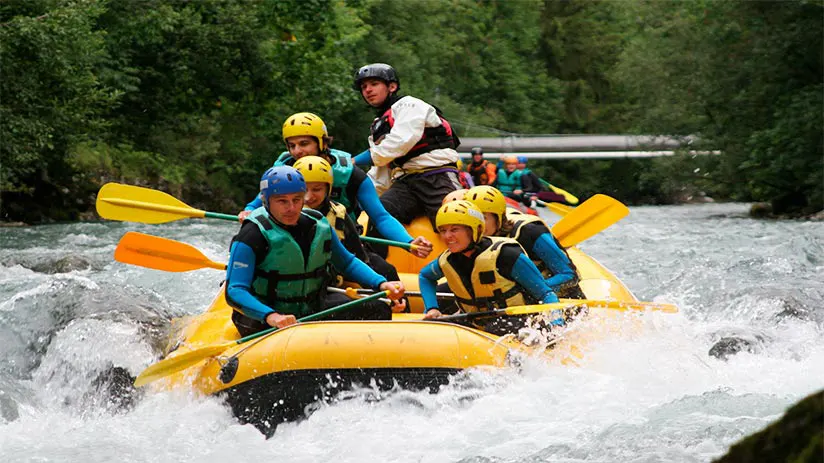
This valley is found passing Paucartambo town and taking the shortcut of Acjanco Pass (more than 12,600 ft). The valley is on the eastern flanks of the Andes, as they fall towards the Amazon river basin, where the thick ists settle. Hence, its name is Kosñipata (smoke place). In the valley, visitors can practice rafting on levels 3, 4, and 5 in Kosñipata River.
The visitors can also practice biking by both flanks of the river, where you will enjoy the best rainforest in Peru.
The best time to visit
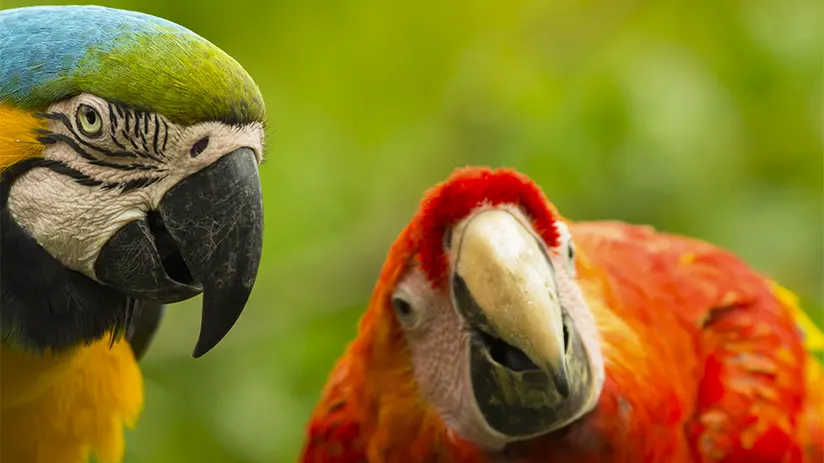
Normally, the National Park is open the entire year. But we recommend visiting it in the dry season (May to September). Although inside the Amazon, it is not usually completely dry because occasional rains occur throughout the entire year. It is also frequently very humid, and the heat can be unbearable.
Therefore, it is better to visit it in this season than the rainy one.
The rainy season goes from October to April. This season presents hard rains with electric storms that can cause muddy paths and overflow of rivers and lagoons. This makes it impossible to visit the Peruvian Amazon. Even mosquitoes and other insects can be very annoying during the rainy season.
The Reserve is a great spot for activities like Bird Watching and seeing macaws at clay licks. This is especially true during the rainy season. However, you need the right gear and clothing to stay comfortable in the rain.
However, it’s important to have the right gear and clothing to stay comfortable in the rain. That is why it is convenient to know what to pack for a tropical holiday.
Climate in Manu National Park
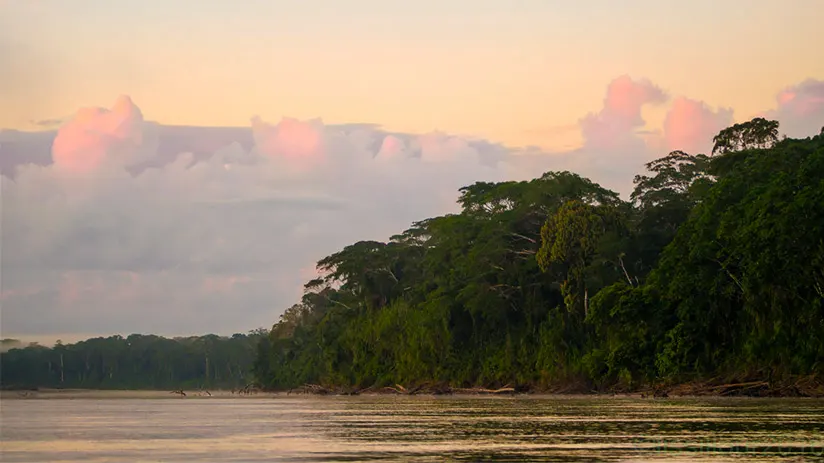
You can find colder climates in forests and lowland rainforests, up to 95ºF in the mornings and 77ºF at night (25ºC-35ºC). On the other hand, warmer weather sets in high zones. However, in both cases, the temperature usually is warm on days and nights. Another critical piece of information is that after rain, the temperature can descend to 50ºF (10ºC)
During the months of May to August, cold winds from the south settle in the Peruvian Amazon. This phenomenon is known as “Surazo” or “Friaje”. It brings cold temperatures to the region’s mountains and forests. During this time, the temperature can lower up to 46ºF (8ºC)
How to get there
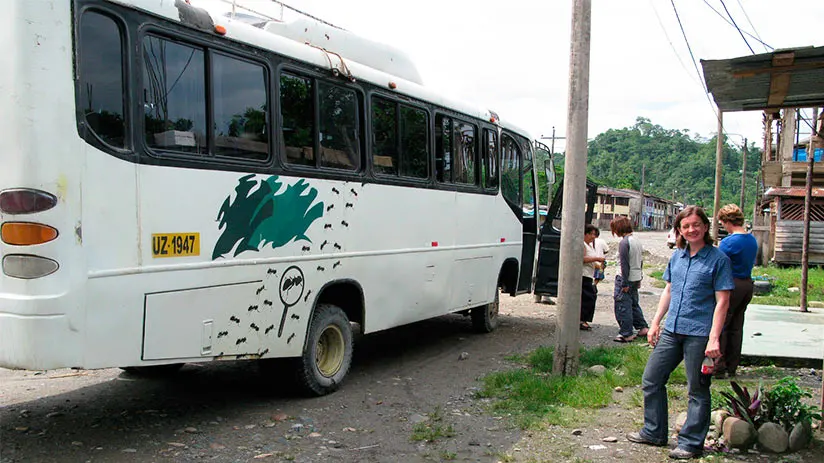
The most accessible points for all tours and transportation heading to Manu National Park are Cusco and Puerto Maldonado. First, you have to arrive at one of these points. Frequent flights connect Lima, the Peruvian capital, with Cusco and Puerto Maldonado, besides bus services. From these points:
A. From Cusco
Buses depart from the San Sebastian district or San Salvador town and head to Manu. These pass by Paucartambo town and Kosñipata Valley. The trip lasts 7 hours. You can also hire private transportation and drive following the same route.
However, as you are visiting a vast and extensive nature reserve, we recommend you do so through tour services.
B. From Puerto Maldonado
Once you arrive in Puerto Maldonado, you will have to head to Santa Rosa village. From there, cross the Iñambari River to Carlos Port. Then, you will continue to navigate and head to Boca, Colorado (Trip 45 minutes) Madre de Dios River up.
C. Boca Manu
There is a little aerodrome where charter light aircraft land. From this point, the passenger can continue their trip by boat to their lodgings inside Manu.
Enjoy the Manu surroundings
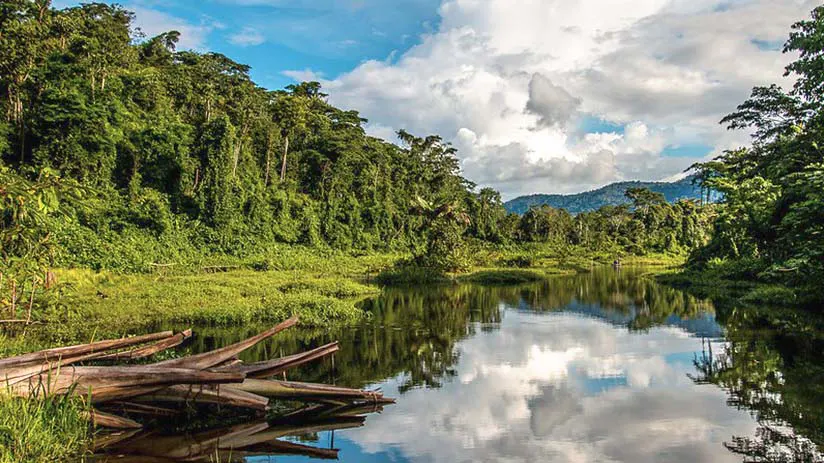
Through the many tours on Amazon in Peru, you will be able to know much more than the Manu.
A. Iquitos
If you want to enjoy other places, you can go to Iquitos on a wonderful combined tour. Although they are in quite remote places, they make up the essence of the tourist places of the Peruvian Amazon.
Taking a luxurious cruise on the Amazon River in northeast Peru is an amazing experience. You can see wild animals and try delicious Peruvian food. Additionally, there are activities like casinos and live music to enjoy at night. You can also enjoy activities like gambling and listening to live music at night.
B. Tambopata National Reserve
Near Iquitos, you can visit the well-known Tambopata National Reserve and stay in a wonderful Tambopata lodge. There, you can live the best experiences with your family or partner. Although this park is more touristy, it has fewer restrictions than Manu and more visitors.
The activities here do not drop in level. Navigate the river doing bird watching, take night walks, climb the treetops, and much more.
“MY FAVORITE THING TO DO IS GO WHERE I’VE NEVER BEEN”
Among the different jungle destinations, Manu National Park is one of its most incredible. Even though it’s harder to get to, you can see rare animals in this remote location.
In Machu Travel Peru, we hope to have encouraged your next travel plans. The Amazon is a magical and adventure-filled destination. You cannot miss this astounding park full of wildlife to observe!
